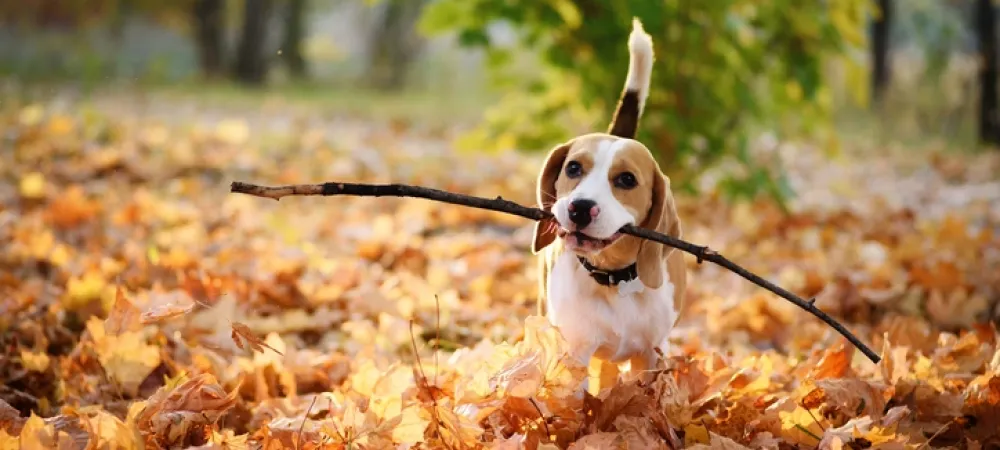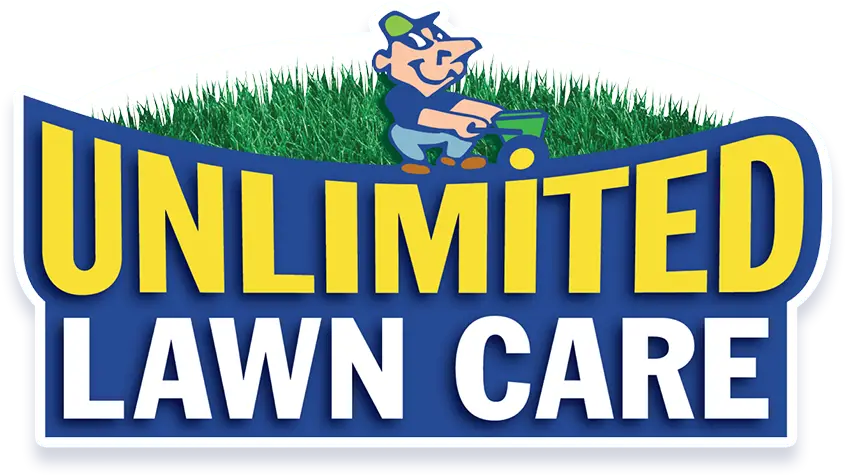
What to Do With Fall Leaves: Mulch, Compost, or Remove?
Every autumn, landscapes across Alabama, Georgia, and South Carolina transform as oaks, maples, and other Southern trees shed their dense canopies, coating lawns and streets in vibrant blankets of leaves. For many homeowners, fallen leaves present a familiar seasonal dilemma: should they be mulched, composted, or removed entirely? The answer isn’t just about tidiness; it has a direct—and lasting—impact on soil health, turf quality, and the environmental sustainability of your property
Why Managing Leaves Matters
Southern lawns are often composed of warm-season grasses—such as zoysia, bermuda, centipede, and St. Augustine—which tolerate leaf litter differently than cool-season varieties. According to the NC State Cooperative Extension, a moderate leaf layer can actually protect grass from temperature swings and provide much-needed organic matter. However, when leaves accumulate more than half an inch thick, they block sunlight, trap excess moisture, and can create a breeding ground for fungal diseases and turf decline.
What Leaf Build-Up Really Does:
- Blocks Light: Prevents photosynthesis, weakening the grass.
- Traps Moisture: Encourages the growth of mushrooms, molds, and unwanted turfgrass fungi.
- Reduces Air Circulation: Increases risk of root rot and suffocation.
- Raises Pest Pressure: Creates habitat for overwintering insects and disease pathogens.
- Compacts Soil: Heavy, wet leaves compact the underlying soil, reducing its permeability and health.
Mulching Leaves: Science-Backed Strategy for Turf and Soil Health
Research from major agricultural universities, including Cornell University, and studies summarized by the USDA, shows that mulching leaves directly into the lawn—with a mulching mower or dedicated leaf shredder—delivers significant benefits for both turfgrass and soil quality.
Key Leaf Mulching Benefits:
- Nutrient Cycling: Finely shredded leaves release micronutrients and organic matter, which feed soil microbes and reduce the need for supplemental fertilizer.
- Improved Soil Structure: Decomposing leaf mulch enhances water retention and drainage capability, allowing roots to grow deeper and healthier.
- Weed Suppression: A thin layer of mulch reduces weed pressure by limiting light and creating an unfavorable environment for seed germination.
How Much Mulch is Ideal?
Studies show that it's recommended to keep mulched leaves at a thickness of less than half an inch to avoid matting, especially for Southern grasses that can be sensitive to dense cover. According to the University of Minnesota WinterTurf research, plots with a properly mulched layer showed excellent turfgrass health and substantially less weed encroachment compared to areas left unmulched.
Mulching is not just about mowing over leaves randomly—high-performance mulching mowers or leaf shredders can process thicker leaf layers into fine fragments that settle between grass blades, rather than forming dense mats on top. This accelerates decomposition, maximizes nutrient availability, and is recommended by nearly every university extension service for sustainable lawn health.
Composting: Transforming Leaf Litter Into Garden Nutrients
Composting leftover leaves is a powerful way to recycle nutrients into the soil, but the process involves more than simply piling up leaves in a corner. Successful composting involves integrating “brown” materials (such as dry leaves) with “green” materials (like grass clippings and food scraps), and requires proper moisture, aeration, and layer rotation.
University Extension Recommendations:
To make the most of composting leaves, experts from university extension programs recommend following specific techniques that promote efficient decomposition and create nutrient-rich soil amendments. These proven best practices help ensure your compost pile stays active, healthy, and effective.
- Layered Approach: Start compost piles with alternating layers of chopped leaves and green waste. This balance ensures prompt heating and rapid decomposition.
- Regular Turning: Use a pitchfork to turn piles every few days (at least once a week) for best results. This keeps oxygen levels high, preventing anaerobic, smelly conditions that slow down decomposition and can attract pests.
- Moisture Management: Maintain a damp, but not soggy, pile. According to Rutgers Cooperative Extension, compost should remain slightly above ambient air temperature until breakdown is complete.
- Leaf Mold Bonus: Simply stacking leaves in a moist pile and letting them sit will yield “leaf mold”—a nutrient-rich soil amendment that’s especially good for improving water retention and tilth in garden beds and flower borders.
Composting is uniquely valuable for Southern soils, which often need additional organic matter due to seasonal droughts and high clay content. Finished leaf compost can be incorporated into planting beds, used as part of vegetable gardens, or applied as a topdressing to existing turf—delivering a measurable boost to soil health and plant vigor.
When Removal is the Right Choice
There are instances where neither mulching nor composting all the leaves is practical. If trees drop an unusually large amount of leaves, or grass is shaded year-round and already weak, removal may help maintain turf health. Piling leaves in streets for municipal collection risks stormwater pollution and local waterway damage, as highlighted by the US Geological Survey and local city guidelines—curbside piles contribute significant phosphorus and nitrogen loads to rivers and lakes.
Municipal extension offices recommend these approaches for leaf removal:
- Use designated yard waste bins and compost pickup programs where available.
- Never blow leaves into drains or waterways—this can exacerbate water pollution and result in fines.
- Bag leaves for community compost centers; some counties offer free drop-off or pickup for leaf litter.
Removal should be reserved for situations where leaves exceed 2-4 inches or block drains, walkways, or planting beds, as these can create safety issues or inhibit the growth of gardens and lawns.
Common Pitfalls of DIY Leaf Management
Many homeowners set out with great intentions, only to discover that DIY can be more complex and physically demanding than expected. Below are several frequently cited issues by university extensions and government guides:
- Mulching Too Many Leaves: University research indicates that attempting to mulch excessive leaf loads at once creates soggy mats, hinders grass growth, and promotes fungal outbreaks.
- Poor Composting Technique: Simply stacking dry leaves without moisture or “greens” results in a slow and incomplete breakdown. This process fails to generate the heat or airflow necessary to kill weed seeds and break down disease pathogens.
- Partial Removal: Insufficient cleanup leaves behind enough material to smother the grass, while still requiring effort and disposal fees when the wind redistributes the remaining leaves.
- Physical Injury: Extensive raking and lifting can cause surprising strain—back injuries from leaf management peak every fall, according to regional health studies.
- Environmental Costs: Piling leaves curbside for trash or burning increases pollution, disrupts local nutrient cycles, and can cost municipalities thousands in tax dollars each season.
Fall Leaf Management: Extension-Supported Best Practices
Whether mulching, composting, or opting for partial removal, expert sources consistently cite the following best practices for Southern lawns:
- Mulch Early, Mulch Often: Don’t let leaves accumulate for weeks. Shred small batches throughout the fall for best integration.
- Monitor Lawn Response: Adjust the mulch or compost thickness to prevent smothering the grass. For most lawns, 3/8''-1/2'' is optimal.
- Compost With Care: Keep piles aerated and balanced—using too many “browns” without “greens” slows breakdown and causes odor.
- Watch For Weeds: Mulched leaves can suppress broadleaf weeds, but check regularly for trouble species like dandelions, chickweed, and annual bluegrass, especially as spring approaches.
- Protect Local Waterways: Avoid leaving leaf piles in streets or near storm drains. The EPA warns that this is a major source of phosphorus pollution and algae blooms in local rivers.
Soil Health and Long-Term Lawn Success
Beyond seasonal aesthetics, well-managed leaves enhance soil organic matter, stimulate microbial activity, and improve overall landscape resilience. Long-term research in Southern orchards and peach farms demonstrates that steady additions of leaf mulch and compost measurably increase soil organic carbon—sometimes by as much as 40% over five years—improve nitrogen cycling, and support deeper, healthier plant roots.
Homeowners who consistently mulch and compost leaf drop see improved rainwater management (less pooling, better drought resistance), lower fertilizer needs, and tougher turf heading into winter and spring.
Grasses with access to steady organic matter experience:
- Higher green-up rates (earlier spring recovery).
- Lower weed and pest pressure.
- Decreased irrigation requirements.
The Role of Professional Lawn Care in Leaf Management
Reliable guidance on specialty mulching, problem diagnosis, and soil revitalization can make the difference between a yard that struggles and one that thrives. While Unlimited Lawn Care™ may not offer raking or leaf hauling, years of focused experience in warm-season turf management mean the team can advise on the most suitable leaf handling approach for your unique property. From selecting the right mulch thickness for heavy oak drop to helping integrate compost into planting beds, expert advice ensures your time and labor yield results that last.
Take Action: Sustainable Leaf Management Starts With Knowledge
Don’t let this fall’s leaf drop become an ongoing headache. Take advantage of the best practices backed by research from extension offices and top soil scientists. Mulching, composting, and informed removal—when applied thoughtfully—contribute to greener lawns, richer soils, and healthier local environments. For tailored solutions, questions about mulch ratios, composting techniques, or integrating leaves into broader lawn care plans, contact our expert team. Transform autumn’s debris into lasting landscape value.
Sources:
- Kraus, Betsy. "Leave the Leaves!" N.C. Cooperative Extension, 18 Nov. 2021, https://chatham.ces.ncsu.edu/2021/11/leave-the-leaves-2/.
- Cornell Cooperative Extension Monroe County. "The Benefits of Leaf Mulching." Cornell University, n.d., https://monroe.cce.cornell.edu/resources/benefits-of-leaf-mulching.
- U.S. Department of Agriculture. "This Fall, Leave the Leaves!" USDA Blog, 16 Oct. 2022, https://www.usda.gov/about-usda/news/blog/fall-leave-leaves.
- University of Minnesota. "Tree Leaf Mulching Impacts on Lawn Health." WinterTurf, 23 Oct. 2023, https://winterturf.umn.edu/tree-leaf-mulching-impacts-lawn-health.
- Rutgers Cooperative Extension. Using Leaf Compost. New Jersey Department of Environmental Protection, n.d., https://dep.nj.gov/wp-content/uploads/njpdes-stormwater/rutgers_leaf.pdf.
- U.S. Geological Survey. "Using Leaf Collection and Street Cleaning to Reduce Pollution." USGS, n.d., https://www.usgs.gov/centers/upper-midwest-water-science-center/science/using-leaf-collection-and-street-cleaning-reduce.
- Virginia Polytechnic Institute and State University. "Lawn Leaf Management." Virginia Cooperative Extension, 9 Sept. 2025, https://www.pubs.ext.vt.edu/430/430-521/430-521.html.
- Lu, Ruilan, et al. "Effects of Different Mulching Practices on Soil Environment and Fruit Quality." PMC, 12 Mar. 2024, https://pmc.ncbi.nlm.nih.gov/articles/PMC10975533/.
